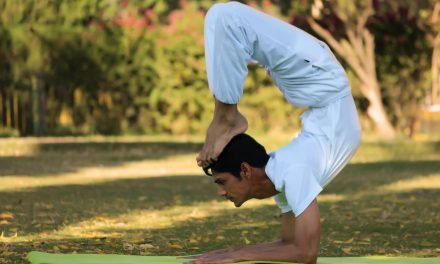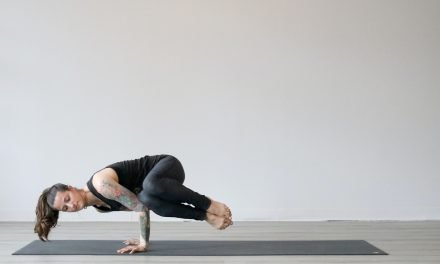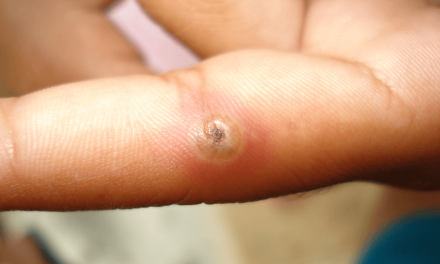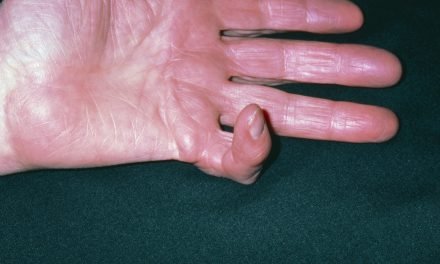
Different stages and treatment of bedsores
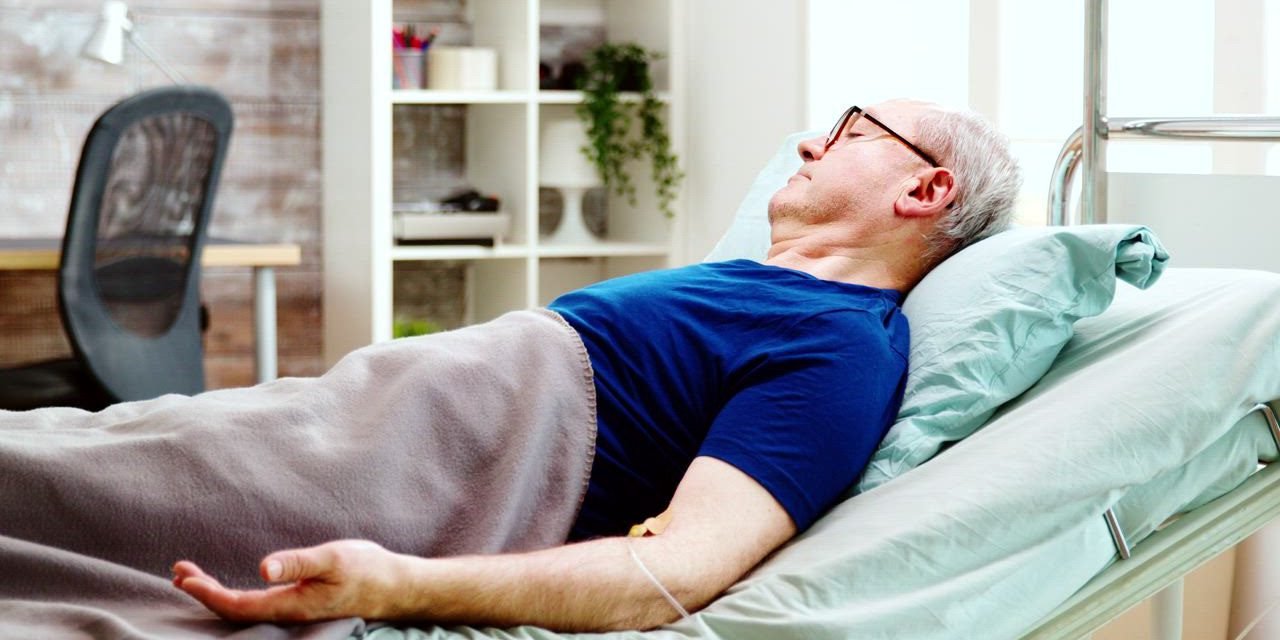
The stage of a pressure sore depends on the severity of the scar on the skin due to friction or pressure exerted by a hard surface.
The progression of pressure sores depends on the severity of the wound. Today we are going to share information about pressure sores, including stages and treatments.
This problem often occurs in patients who have been in bed for a long time.
Also, in the case of the elderly, the stage of pressure sores progresses further. This is because these ulcers cause serious problems in older people.
Pressure sores cause severe pain and many local and systemic infections.
Symptoms can range from redness of the skin to loss of skin, and the underlying bone may be exposed.
Stages of bedsores
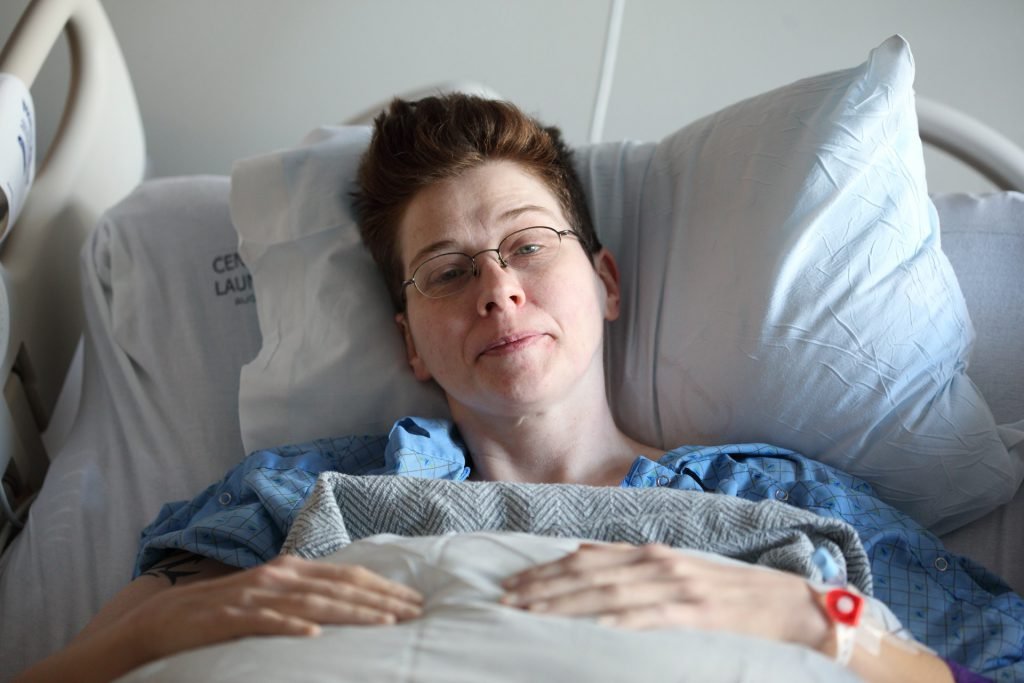
Bedsores can significantly reduce your quality of life.
Medical professionals use taxonomy to describe the severity and stage of pressure sores. Pressure sores can be divided into four categories:
- Stage I : Stage I pressure sores are the most superficial type of damage , with fair-skinned patients experiencing skin discoloration and redness and dark-skinned patients experiencing bluish bruising. In the case of stage 1 pressure sores, the skin is not damaged, but pain and itching occur, and the skin may feel hot to the touch and may be soft or hard.
- Stage II : In stage II pressure sores, the outermost layer of the skin, the epidermis, or the innermost layer, the dermis, is damaged. This results in loss of skin tissue , and ulcers appear as open wounds or blisters.
- Stage III : In stage III pressure sores, loss occurs in all areas of the skin thickness. Damage to the underlying tissue is also seen, but does not affect muscles or bones. Ulcers develop as deep pits.
- Stage IV : Stage IV is the most severe of the pressure sores. In this situation, severe damage to the skin occurs, resulting in necrosis of adjacent tissues. It can also damage the underlying muscles or bones. Patients with stage 4 bedsores are at high risk of developing serious infections.
treatment of bedsores
Because pressure sores are complex health problems caused by many interrelated factors, patients from a variety of disciplines must treat them. Some techniques and treatments that can be applied to pressure sores include:
posture change
Moving the patient’s body and changing positions regularly is one of the best ways to prevent pressure sores.
mattresses and cushions
Patients with severe pressure sores may need a more sophisticated mattress or bed arrangement.
An example is a mattress that can be connected to a continuous airflow and automatically adjusts to relieve pressure when needed.
dressing
The products that can be used for dressing are as follows.
- Hydrocolloid : A dressing with a special gel that promotes the growth of new skin cells.
- Alginate : It is a dressing made from seaweed containing sodium and calcium. Studies have shown that it can speed up the healing process.
topical formulations
Your doctor may prescribe a cream or ointment to speed up the healing process or prevent further skin damage. Chemicals known as free radical scavengers may help prevent cell damage at the genetic level.
Antibiotic
Antibiotics help prevent the development of bacterial infections and secondary infections.
Likewise, applying the disinfecting ointment directly will kill any bacteria already present.
Operation
Sometimes it is incurable and your doctor may need to perform surgery to seal the wound and prevent further tissue damage. Graft replacement is the most common surgical technique. A specialist can remove the skin and muscle for transplantation from another part of the body and use it to seal the ulcer.
Bedsores are a complex pathology
People with risk factors, including those who are bedridden primarily due to chronic disease, should consider several anti-scarring measures to improve the prognosis of pressure sores.


